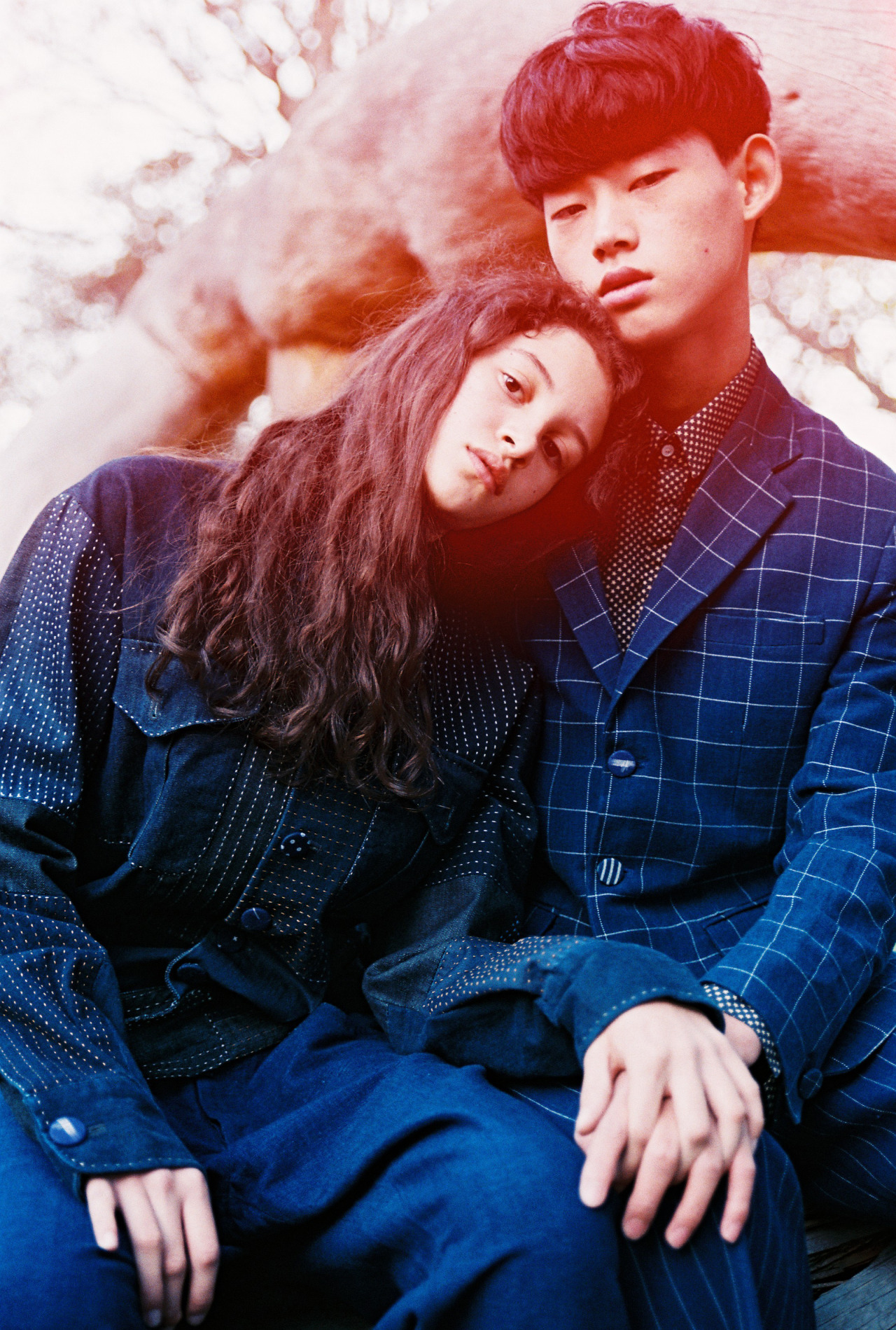Soft romantic lighting. Colours saturated. Models often captured as if in deep contemplation. Images that display as a fictitious 70s idealism. Near shadow-less representations. A warm arresting memory made clear.
Annie Lai is a London based photographer best known for her romantically styled editorials for independent, cult magazines such as Teeth, OE and Sicky. Having grown up in a small costal town in China, Annie decided to move to London to study fashion photography at the London Collage of Fashion.
Annie’s photography has developed to show a clear signature. Whether she photographs her models on location (both inside and outside) or in studio, one is able to identify her creative input in an image effortlessly. An element that makes up her style is the use of very natural and soft lighting choices – when employing coloured filters or gels she uses it as a highlight to merely kiss her model’s features. Another element is models sharing similar features that aid in building this signature style as well as fashion that remains within the same style through various bodies of work. The last elements that builds the foundation of her style are that of shooting frequently from high or low angles as well as abidance by the rule of thirds.
Annie’s work presents as clean, untampered with and natural romantic fashion depictions that climb straight into your heart.
As her practice and lived experience in London has grown she has become a cultural traveller effortlessly navigating between the contexts and cultures that form her identity. While Annie currently resides in London and travels to China she has found where her heart lies – behind her lens.















